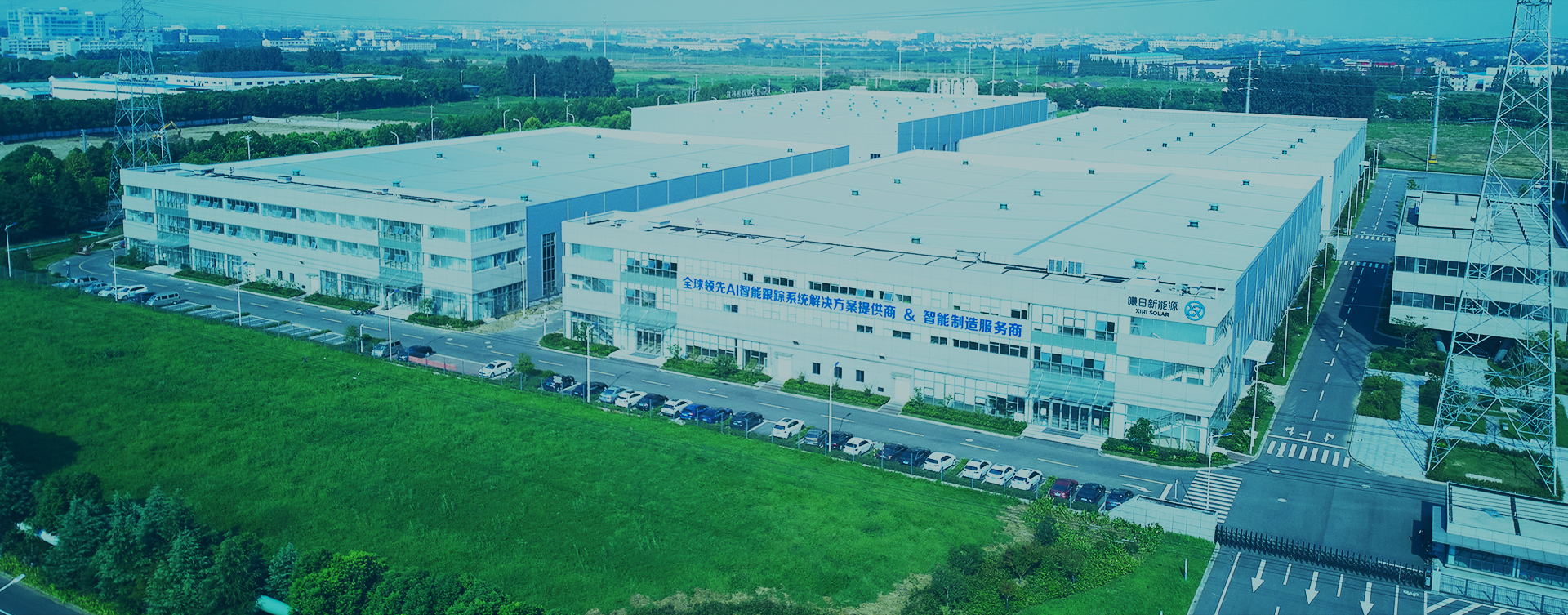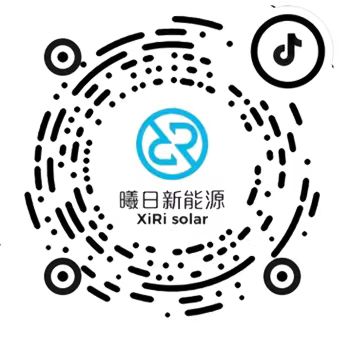In the photovoltaic industry, we often hear the term "Lin Guang Complementary". So what does "Lin Guang Complementary" mean? What is the difference between complementary agriculture and solar energy? Follow Xiri editor together to take a look.
1、 What does forest light complementarity mean? Forest light complementarity refers to receiving sunlight above the photovoltaic system to generate electricity, planting shade tolerant crops in the lower space, and achieving efficient utilization of land resources. At present, it is mainly used for land identified as suitable forest land in forest resource surveys and as unused land in the second national land survey. It can fully utilize land resources with a coverage rate of less than 30% in China, whether it is tall trees or low shrubs. 2、 What is the meaning of agricultural (fishing) solar complementarity? Agricultural (fishing) solar complementarity refers to the combination of photovoltaic power generation and agricultural (fishing) production. By setting up rectangular frames on agricultural land such as greenhouses, fish ponds, grasslands, and forests, and laying photovoltaic power generation devices on them, a photovoltaic power station construction model can achieve both power generation and provide a more suitable growth environment for agricultural (fishing) crop breeding.
3、 The difference between agricultural light complementarity and forest light complementarity
According to the standard of "agricultural photovoltaic complementarity", enterprises only need to install photovoltaic modules above agricultural greenhouses and fish ponds. However, the installation of photovoltaic power stations in forestry has distinct characteristics from agricultural forms. According to regulations, the combination of suitable forest land and photovoltaic industry should first focus on forests and find suitable models to promote the construction of photovoltaic ground power stations. In addition, for suitable forest land, if the nature of land use is not changed, the specific operation will be very vague and lack guidance.
According to Document No. 153, as long as the coverage rate is less than 30%, both tall trees and low shrubs can be used as land for photovoltaic power stations. The issuance of this document has taken an important step towards "forest light complementarity". However, without changing the nature of land use, there is still a lot of room for operation on how to deal with larger trees in the area or how to plant trees under photovoltaic panels for low shrubs, If coordination with the forestry department is not good, it will still be difficult for enterprises to build photovoltaic power stations on forest land.
At present, the Lin Guang Complementary Project is mainly concentrated in the central and eastern parts of China, which have strong energy consumption capacity and a lower possibility of abandoning light and limiting power. Based on the experience of ground power stations in the western region, managing the complementary process of Lin Guang in the central and eastern regions can avoid many unnecessary errors. I believe that through active and correct guidance, photovoltaic investors who invest wisely and enthusiastically will surely unleash the maximum potential of forest solar complementarity and drive the development of the photovoltaic industry.
The above is what the Xiri editor has brought to you about the meaning of forest solar complementarity and the difference between it and agricultural solar complementarity. We hope it can be helpful to those who work in photovoltaics.



